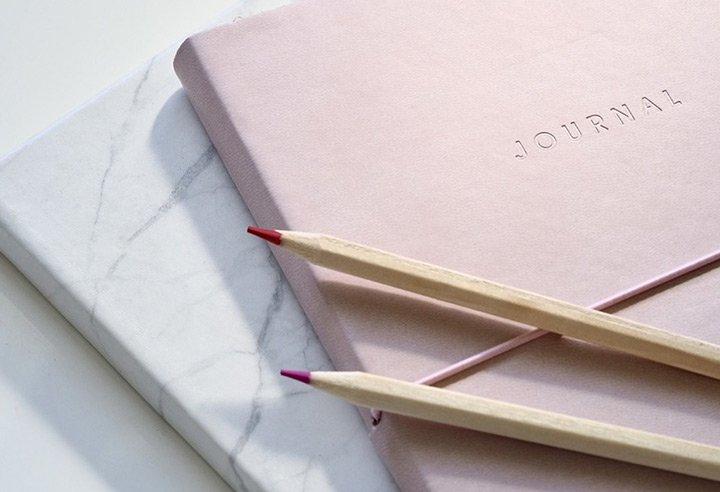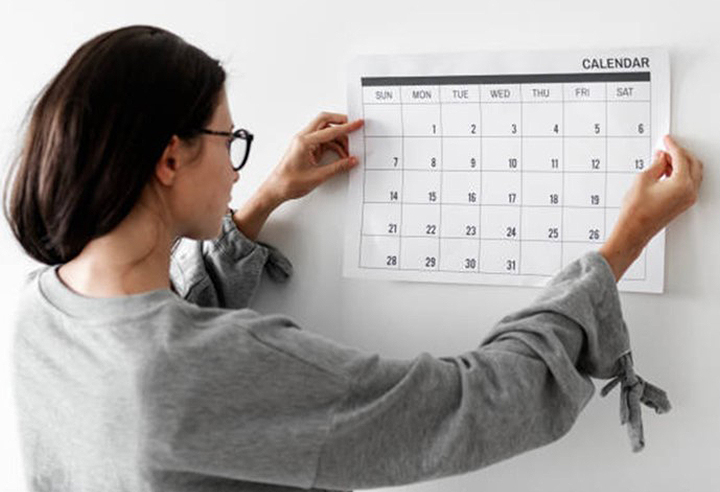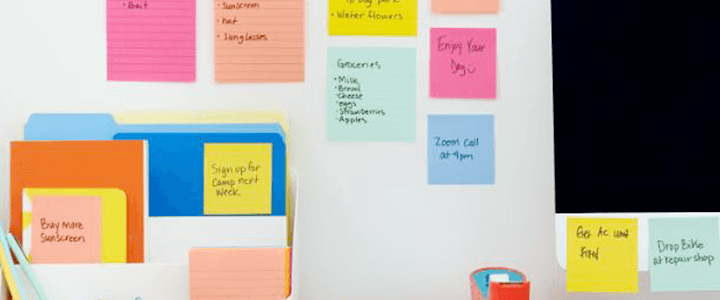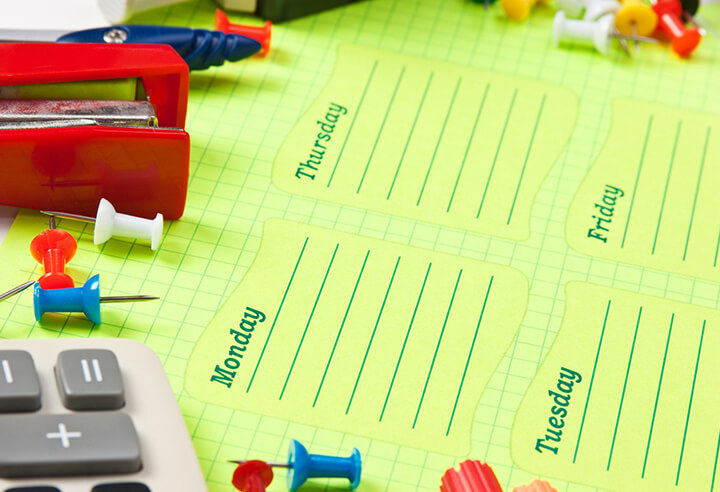Work comfortably from anywhere.
This month’s blog comes to us from our friends at Bostitch, the creators of the Konnect line of desk accessories. Whether you’re working from home, in an office, or in a classroom, having an organized workplace will make your work life less stressful and chaotic. You may not be able to control many things during your workday, but you can control the beauty and functionality of your work space.

Make the most of any space.
A cluttered desk hinders your productivity and makes it hard to find important notes and documents. It’s important to minimize clutter and maximize space. You can do that with organizers and stackable storage bins. You can also mount accessories on a wall or cubicle to keep them off the desk and within reach.

Be comfortable while you work.
Whether you’re working in a cubicle or at home, comfort and ergonomic support are important for your overall comfort and wellbeing. Choosing footrests, lumbar support for your chair, phone stands, desk converters and monitor stands will ensure an ergonomic workspace that will boost your productivity and help to alleviate some common pain associated with working at a desk.
Break free from the mess.
By utilizing organizers with multiple features, such as stackable storage bins to monitor risers with hidden storage drawers, you’ll save space and minimize clutter. Say goodbye to that messy junk drawer and hello to optimized organization!

Charge up your most critical devices.
Another important feature to an organized office is to “bring the energy”! No, we don’t mean another cup of coffee, (but hey, we’re not judging). Choose desk organizers that provide power to your desktop so that you can charge your cell phone, tablet, or other power device right from your desk as you work — keeping your most important devices charged and ready to take on the day.

Finally, say goodbye to messy cords and cables.
Keep your desk free from wires by easily wrapping your phone charger and other wires around units with a built-in cord wrap or route your laptop cord through a cable management rail. Products like this will keep unsightly cable wires hidden for a much neater appearance.
We hope you’ve enjoyed these suggestions for a more peaceful workspace. To order the products shown here, visit our website or call to ask us about the Konnect collection of desk accessories from Bostitch:
www.penny-wise.com 1 (800) 942-3311




































